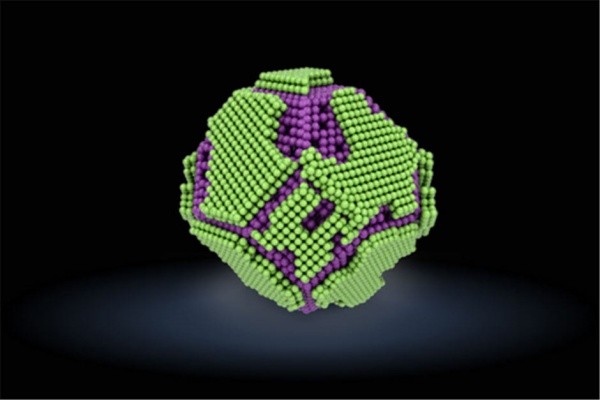Nanoparticle-based drug that can prevent high dose radiation exposure has been developed. The drug seemed to be very effective even if a minimal amount is used.
Institute for Basic Science (IBS, President Noh Do-young) made an announcement on July 6th that Hyeon Taek-hwan (chair professor at Seoul National University), who is the head of the nanoparticle research group, and a research team led by Professor Park Kyung-pyo of Seoul National University’s School of Dentistry developed nanoparticle that can remove active oxygen that is caused when there is radiation exposure.
Radiation has recently been utilized widely for chemotherapy and treatment and diagnosis. Active oxygen is created (altered oxygen that damages cells) is created during radiation as water molecules are broken down. One way to protect a human body from radiation is to quickly remove active oxygen and minimize damage on stem cells. As a result, there have been active researches related to development of drugs that reduce side-effects of radiation.
However, “Amifostine” is the only radiation protectant that is approved by the Food and Drug Administration (FDA). Even then, it has only limited effect on damage on salivary glands rather than entire body and there are also concerns for toxic side-effects. It does not have much effect when a small dose is used and it does not have any effect after 30 minutes.

The research team had focused on protection of entire body and minimal side-effects while working on the development of a protectant. It had especially focused on nanoparticles CeO2 and Mn3O4 that are effective in removing active oxygen. The key was to reduce dosage of these nanoparticles as they can become toxic when a large amount is used.
The research team was able to solve the problem by controlling the structure of a nanoparticle and improving its performance. The research team deposited Mn3O4 nanoparticle on top of CeO2 nanoparticle and saw that there was a change in surface adsorption energy as the space between lattice cells within a Mn3O4 nanoparticle widened. Ultimately, the team saw that Mn3O4 nanoparticle’s antioxidative effect was five times greater than that of CeO2 nanoparticle.
After testing the nanoparticle on an “organoid” of intestine, the team saw that there were drastic improvements in side-effects such as DNA damage, apoptosis, and stress. There was also an increase in cell regeneration gene expression.
When the nanoparticle was tested on animals, the team saw that even a minimal amount (1/360) had a same effect as the required dosage of Amifostine. 66% of animals survived when they were exposed to high dose radiation that has 100% fatality rate. This percentage is 3.3 times higher than that of Amifostine.
“We can utilize the nanoparticle as an effective protectant that protects human body from radiation exposure.” said Hyeon Taek-hwan. “It can assist in how radiation is utilized for medical purposes and lessen consequences of a potential accident.”
Staff Reporter Kim, Youngjoon | kyj85@etnews.com